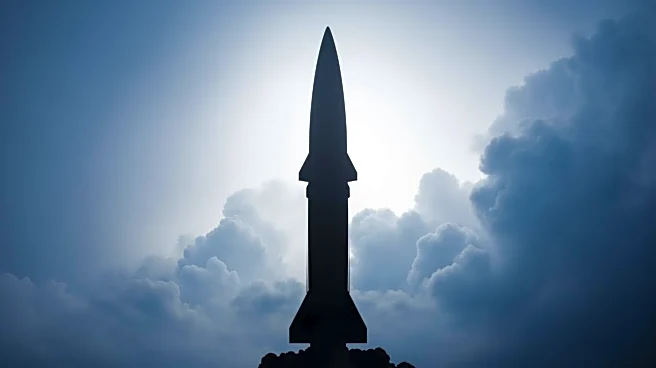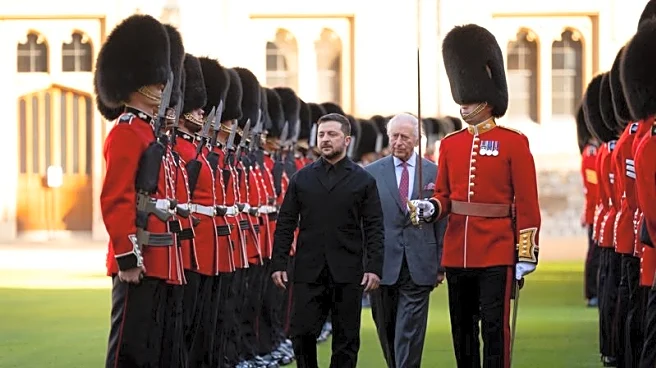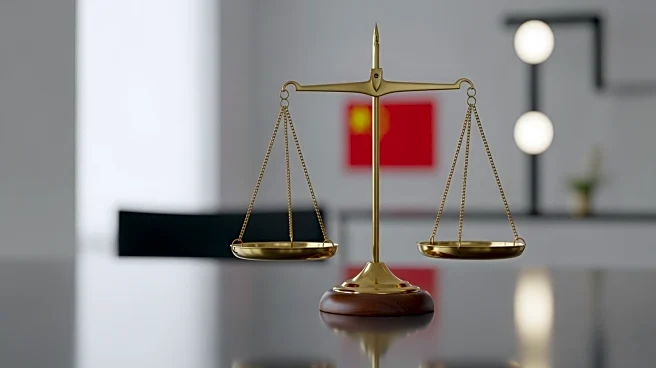What's Happening?
Russia has conducted a successful test of its nuclear-capable Burevestnik missile, as announced by President Vladimir Putin. The missile, designed to evade existing defense systems, flew 8,700 miles in a 15-hour
test. This development is part of Russia's strategic nuclear exercises, which included launches from various platforms, such as submarines and strategic bombers. The test follows years of development and is seen as a significant step towards deploying the missile in Russia's military arsenal.
Why It's Important?
The Burevestnik missile test represents a major advancement in Russia's nuclear capabilities, potentially impacting global security dynamics. Its ability to evade defense systems challenges current military technologies and may lead to increased tensions with Western nations. The test underscores Russia's focus on enhancing its nuclear deterrent amidst geopolitical conflicts, particularly in Ukraine. This development could influence U.S. and NATO defense strategies, prompting discussions on missile defense improvements and arms control negotiations.
What's Next?
Russia plans to determine potential uses for the Burevestnik missile and prepare infrastructure for its deployment. This could lead to further military developments and strategic posturing by Russia. The test may prompt reactions from the U.S. and NATO, potentially leading to diplomatic discussions or military countermeasures. The expiration of the New START treaty in February could further complicate arms control negotiations, with Russia's missile advancements influencing future agreements.
Beyond the Headlines
The Burevestnik missile's nuclear propulsion raises environmental concerns, as similar projects were deemed hazardous during the Cold War. The missile's development reflects Russia's commitment to advancing military technology despite potential risks. This could lead to ethical debates on the balance between military innovation and environmental safety. The missile's deployment may also impact global arms control efforts, challenging existing treaties and prompting discussions on new regulations.












